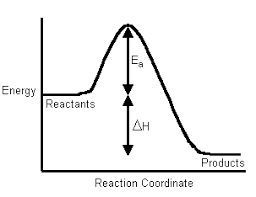Science > Chemistry > Solutions and Their Colligative Properties > Solutions and Their Types In this article, we shall study the concept of solutions and their types based on phases, composition, etc. The Terminology of Solutions: Solution: A solution is a homogeneous mixture of two or more than two or more components. A solution has […]
Categories
Solutions and Their Types
- Post author By Hemant More
- Post date January 29, 2020
- 3 Comments on Solutions and Their Types

- Tags Alloys, Aqueous solution, Chemistry, Colloidal solution, Corse solution, Dissolving, Gaseous solutions, Heterogeneous solution, Homogeneous solution, Immiscible liquids, Insoluble substance, Liquid solutions, Miscible liquids, Saturated solution, Solid solutions, Solubility, Soluble substance, Solute, Solution, Solvent, Supersaturated solution, Suspension, True solution, Types of solutions, Unsaturated solution


